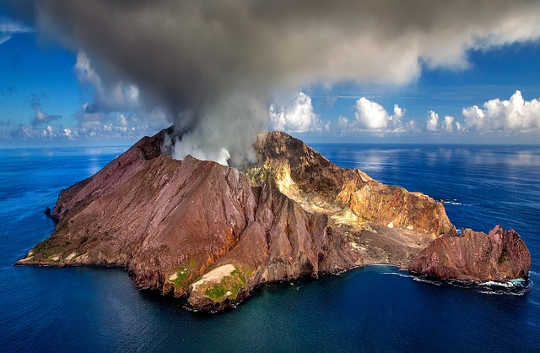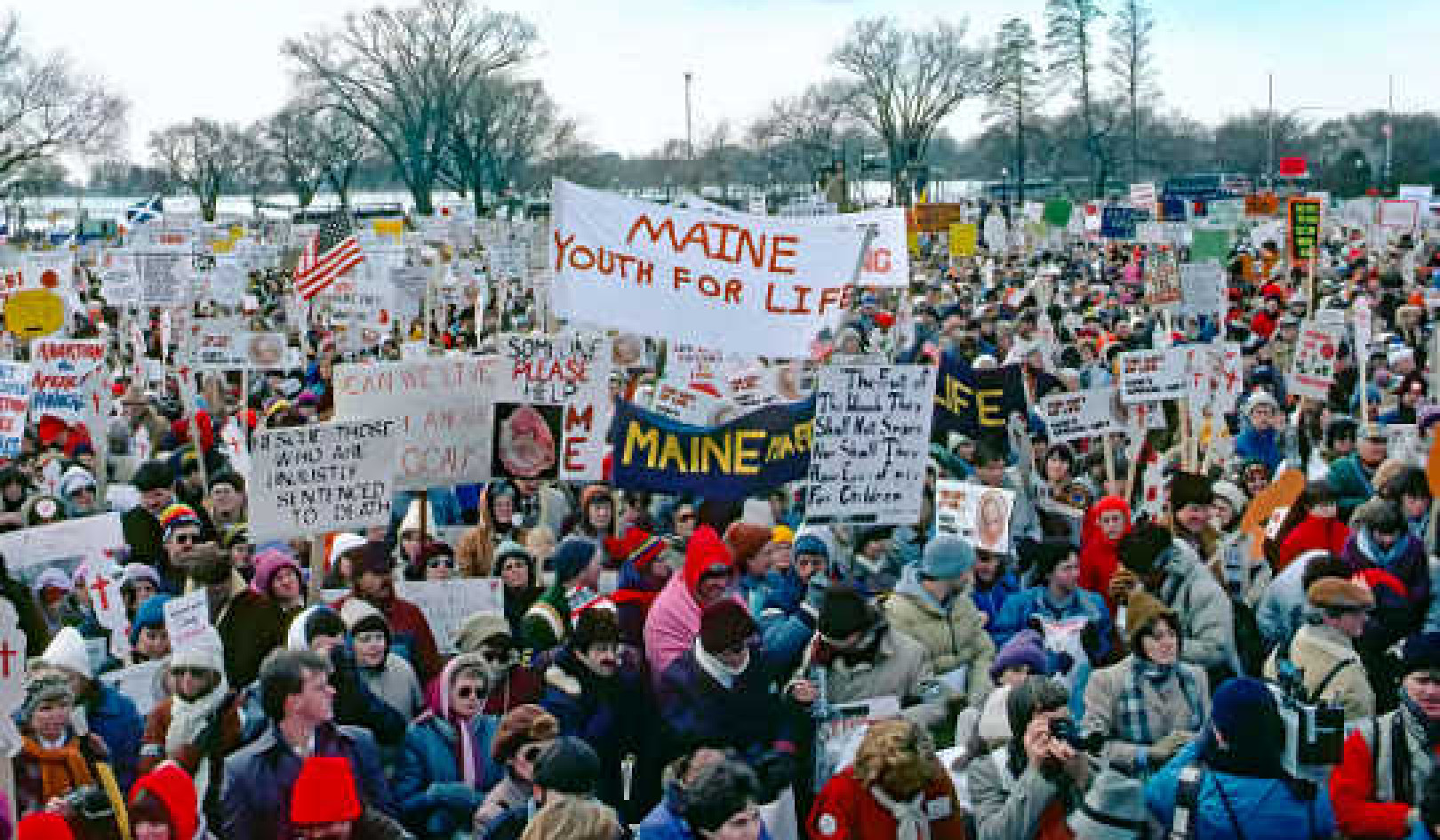
Photo credit: Julius Silver
The Paris climate talks hoped to set out how we can reduce the amount of carbon we’re pumping into the atmosphere. But emissions cuts alone may not be enough. Atmospheric CO2 is the blanket that keeps our planet warm and any further emissions will mean more global warming. Observations in recent years show that warming is accelerating, that polar ice and glaciers are all melting, that sea level is rising … it all looks rather bleak.
Could we directly engineer the climate and refreeze the poles? The answer is probably yes, and it could be a cheap thing to achieve – maybe costing only a few billion dollars a year. But doing this – or even just talking about it – is controversial.
Some have suggested there is a good business case to be made. We could carefully engineer the climate for a few decades while we work out how to reduce our dependency on carbon, and by taking our time we can protect the global economy and avoid financial crises. I don’t believe this argument for a minute, but you can see it’s a tempting prospect.
Reflecting the sun
One option might be to reflect some of the sun’s energy back into space. This is known as Solar Radiation Management (SRM), and it is the most viable climate engineering technology explored so far.
For instance we could spray sea water up out of the oceans to seed clouds and create more “whiteness”, which we know is a good way to reflect the heat of the sun. Others have proposed schemes to put mirrors in space, carefully located at the point between the sun and the Earth where gravity forces balance. These mirrors could reflect, say, 2% of the sun’s rays harmlessly into space, but the price tag puts them out of reach.
Perhaps a more immediate prospect for cooling the planet is to spray tiny particles high up into the stratosphere, at around 20km altitude – this is twice as high as normal commercial planes fly. To maximise reflectivity these particles would need to be around 0.5 micrometres across, like the finest of dust.
We know from large volcanic eruptions that particles injected at high altitude cool the planet. The 1991 eruption of Mount Pinatubo in the Philippines is the best recent example. It is estimated that more than 10m tonnes of sulphur dioxide were propelled into the high atmosphere and it quickly formed tiny droplets of sulphuric acid (yes, the same stuff found in acid rain) which reflected sunlight and caused global cooling. For about a year after Pinatubo the Earth cooled by around 0.4? and then temperatures reverted to normal.
I was involved recently in the SPICE project (Stratospheric Particle Injection for Climate Engineering) and we looked at the possibility of injecting all sorts of particles, including titanium dioxide, which is also used as the pigment in most paints and is the active ingredient in sun lotion.
 The experiment to validate models of tether dynamics was cancelled. Hugh Hunt, CC BY-SA
The experiment to validate models of tether dynamics was cancelled. Hugh Hunt, CC BY-SA
The technology to deliver these particles is crazy – we looked at pumping them in a slurry up to 20km into the air using a giant hose suspended by a huge helium balloon. A small-scale experiment was cancelled because even it proved too controversial, too hot. Imagine if we demonstrate that this technology can work. Politicians could then claim there was a technical “fix” for climate change so there would be no need to cut emissions after all.
But this isn’t a ‘quick fix’
There are so many problems with climate engineering. The main one is that we have only one planet to work with (we have no Planet B) and if we screw this one up then what do we do? Say “sorry” I guess. But we’re already screwing it up by burning more than 10 billion tonnes of fossil fuels a year. We have to stop this carbon madness immediately.
Engineering the climate by reflecting sunlight doesn’t prevent more CO2 being pumped into the atmosphere, some of which dissolves in the oceans causing acidification which is a problem for delicate marine ecosystems.
There is therefore a strong imperative to remove the 600 billion tonnes of fossil carbon that we’ve already puffed into the air in just 250 years. This is known as Carbon Dioxide Removal (CDR).
We must work fast to cut our carbon emissions and at the same time we should explore as many climate engineering options as possible, simultaneously. However while reflecting sunlight may be an idea that buys us some time it is absolutely not a solution for climate change and it is still vital that we cut our emissions – we can’t use climate engineering as a get-out clause.![]()
About the Author
Hugh Hunt, Reader in Engineering Dynamics, University of Cambridge
This article is republished from The Conversation under a Creative Commons license. Read the original article.

Related Books:
The Future We Choose: Surviving the Climate Crisis
by Christiana Figueres and Tom Rivett-Carnac
The authors, who played key roles in the Paris Agreement on climate change, offer insights and strategies for addressing the climate crisis, including individual and collective action.
Click for more info or to order
The Uninhabitable Earth: Life After Warming
by David Wallace-Wells
This book explores the potential consequences of unchecked climate change, including mass extinction, food and water scarcity, and political instability.
Click for more info or to order
The Ministry for the Future: A Novel
by Kim Stanley Robinson
This novel imagines a near-future world grappling with the impacts of climate change and offers a vision for how society might transform to address the crisis.
Click for more info or to order
Under a White Sky: The Nature of the Future
by Elizabeth Kolbert
The author explores the human impact on the natural world, including climate change, and the potential for technological solutions to address environmental challenges.
Click for more info or to order
Drawdown: The Most Comprehensive Plan Ever Proposed to Reverse Global Warming
edited by Paul Hawken
This book presents a comprehensive plan for addressing climate change, including solutions from a range of sectors such as energy, agriculture, and transportation.























